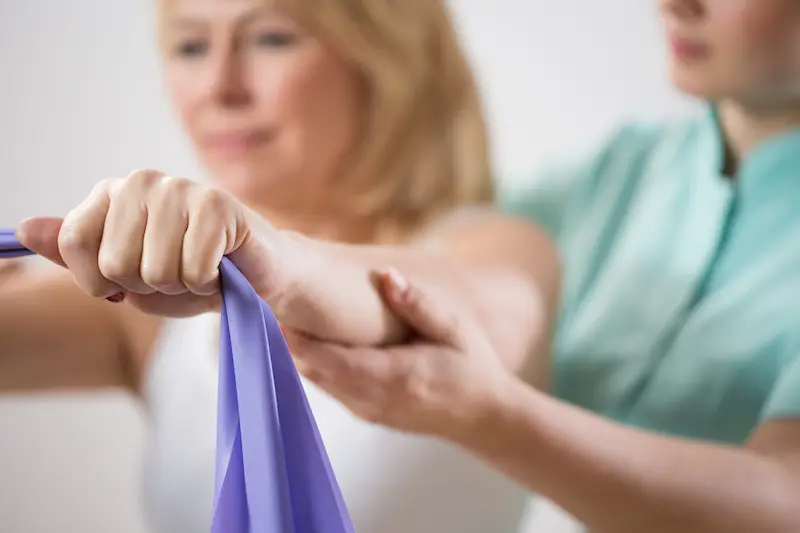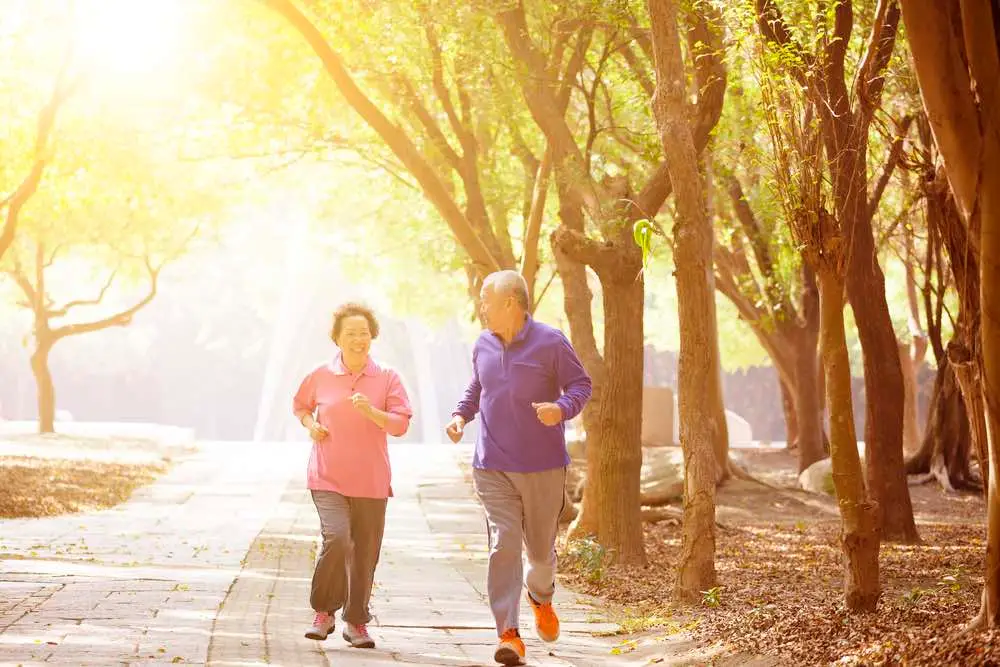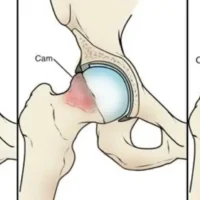Exercises for ageing bones
Are you in (or approaching) your latter years and are wondering what you can do to ensure you maintain strong bones through the next period of your life? As we age it is common to begin feeling the effects of years of ‘life’ on your body. Diseases like osteoarthritis (i.e. degeneration of joints) and osteoporosis (i.e. weakening of bones) are more common in the elderly population. But just because the figures show this, it doesn’t mean these diseases will affect your ability to lead a full and active life.
The good news is, there is plenty you can do now to reduce the risk of bone-related problems down the line. Read ahead for a few exercises you can perform regularly to keep you and your bones in tip-top shape!
Weight-bearing and resistance are key
It is widely accepted that to increase bone health, we need to stress the bones of the skeleton. The best way to do this is through weight-bearing exercises (i.e. exercises performed in an upright position with our legs impacting the ground). Resistance-type exercises are also beneficial in protecting the skeleton against the effects of ageing. ‘Resistance’’ implies an exercise that is performed against a force acting on the body. A simple example would be to compare walking through your house to walking through strong head-on winds. The wind pushing against the body is the resistance aspect.
When we exercise, forces acting on our muscles help to build strength. The forces placed upon the skeleton through the muscles help to activate special bone-building cells within the bones, and these help to maintain or build strong bones depending on the intensity of the exercise. In order to increase bone strength, we need to regularly push our bodies beyond the intensity of simple everyday tasks, like walking.
Age is a factor
Now, if you’re worried, we’re going to suggest a new gym membership and intense weight lifting program, then rest easy. There are lots of things to consider, and age (as well as medical history) is a big factor when it comes to prescribing exercise. Someone who is 80 will need a different exercise regime compared to someone who is 55 when it comes to targeting bone health.
Exercises to try
The following are simple weight-bearing exercises you could have a go at doing:
- Walking or jogging uphill
- Hiking across the countryside
- Stair climbing or step-ups
- A friendly game of tennis, badminton or squash
- Aerobics or dancing
You can add resistance to your exercise program by:

- Lifting weights (always start light so as to not overload the body)
- Exercising using cables or resistance bands (again, use light resistance to begin with)
Everyone has different requirements, so we suggest giving us a call on 4655 5588 or book in now so we can create an individual program that is perfect for you.
References
- Hong, AR. and Kim, SW. 2018. Effects of resistance exercise on bone health. Endocrinology and metabolism. 33 (4). 435-444. Available from: https://www.ncbi.nlm.nih.gov/pmc/articles/PMC6279907/
- Benedetti, MG. et al. 2018. The effectiveness of physical exercise on bone density in osteoporotic patients. BioMed research international. v. 2018, 4840531, 10 pages. Available from: https://www.hindawi.com/journals/bmri/2018/4840531/cta/
- Osteoporosis Australia. 2013. Exercise – consumer guide. [Online]. Available from: https://www.osteoporosis.org.au/sites/default/files/files/Exercise%20Fact%20Sheet%202nd%20Edition.pdf. [Accessed 06 Jun 2020]







